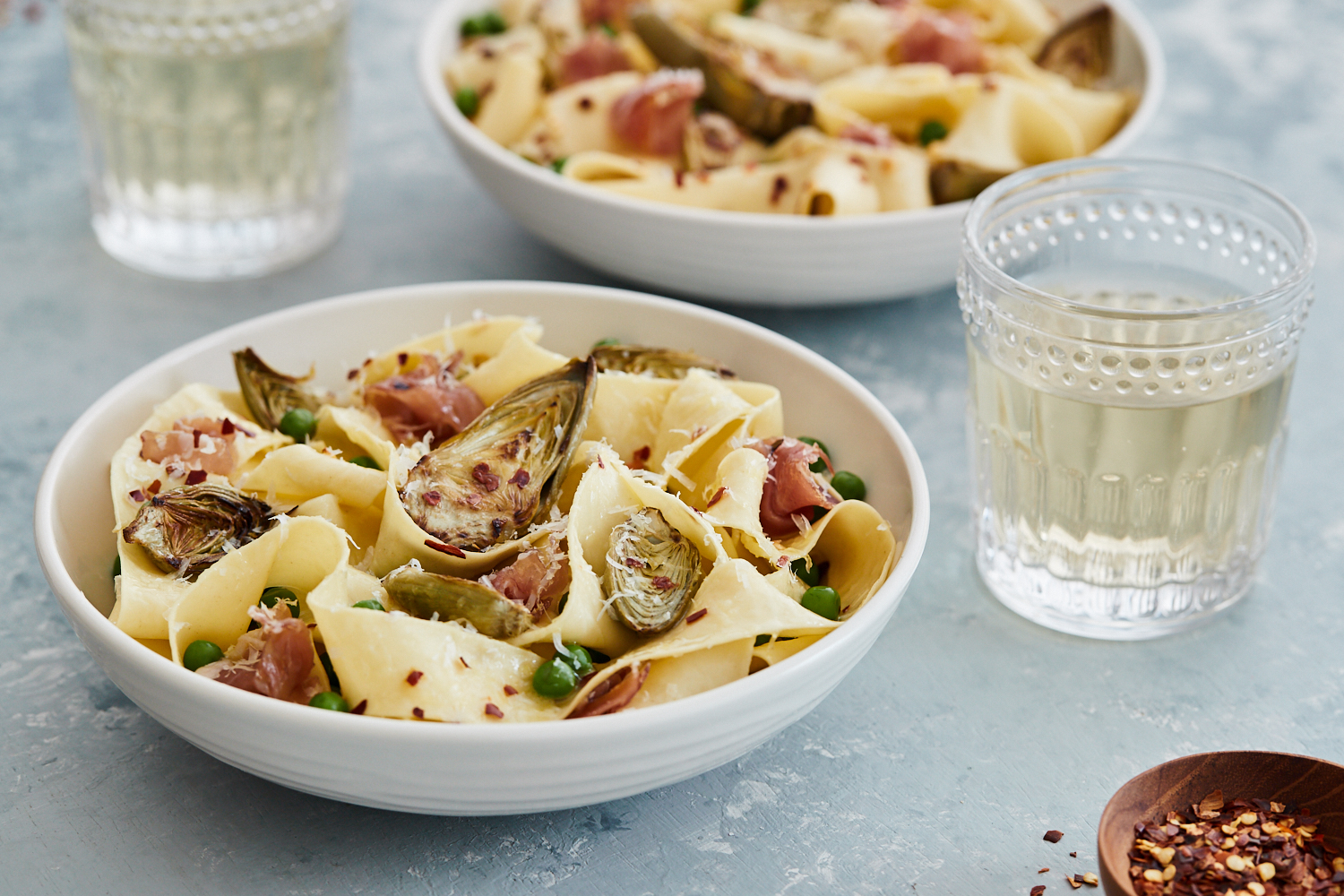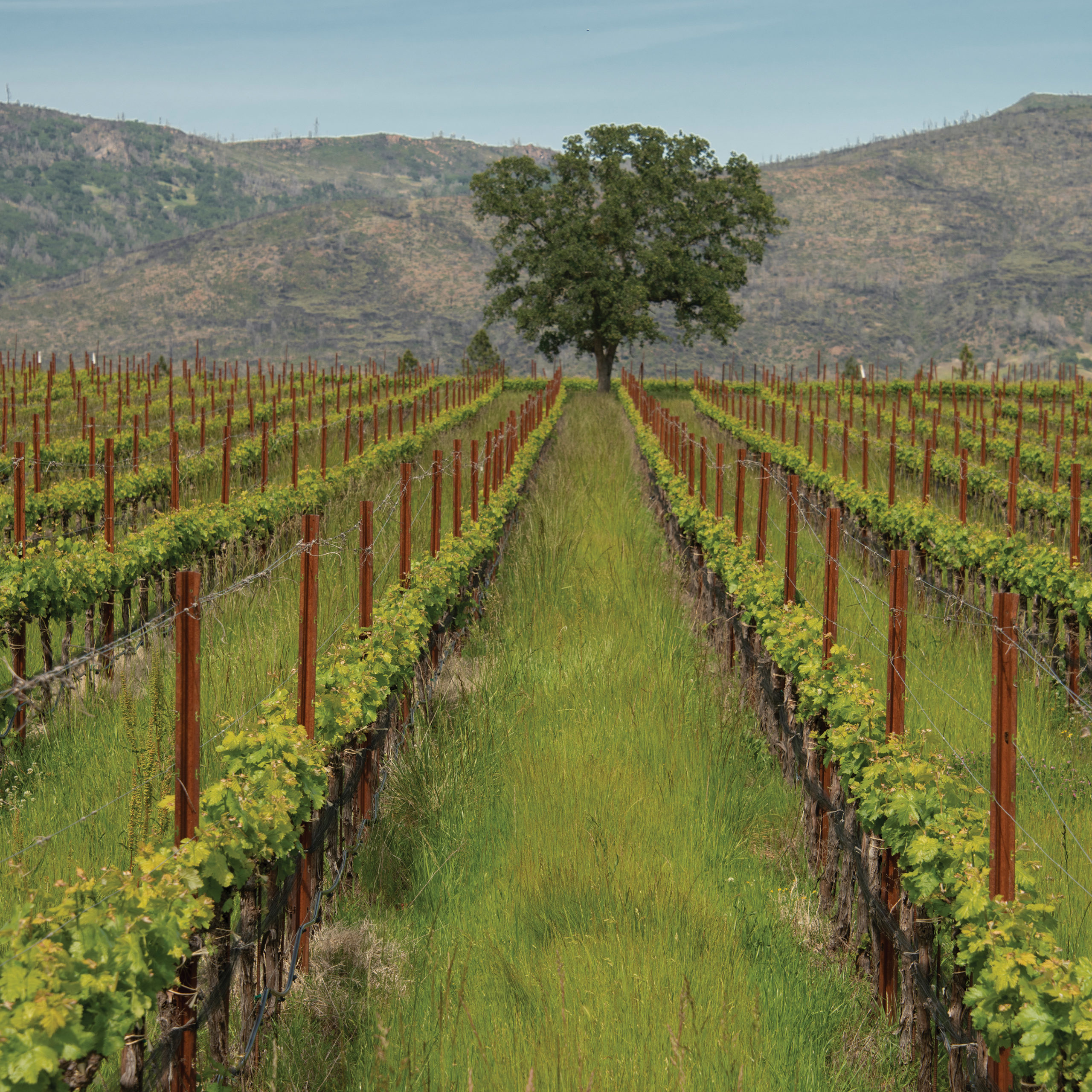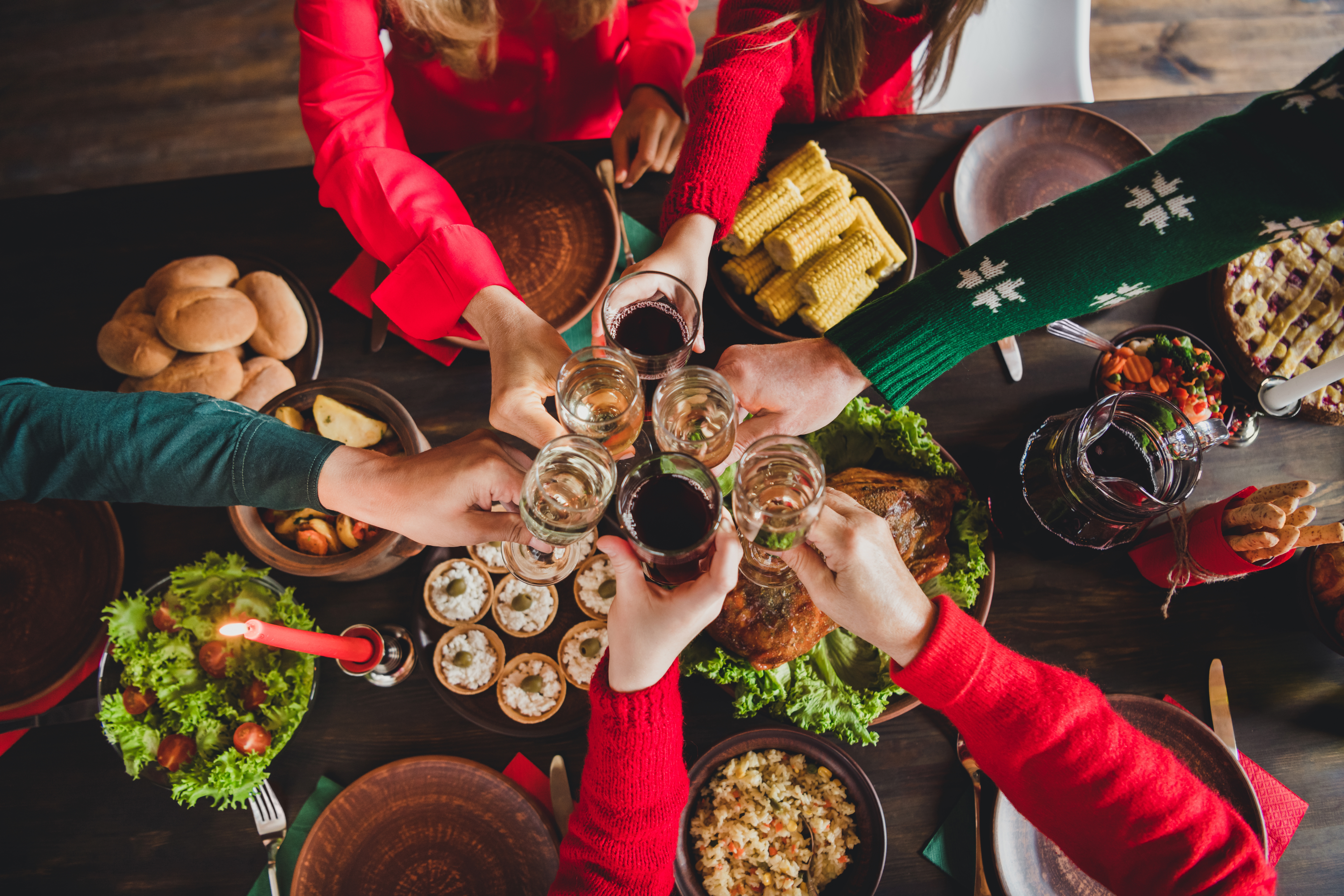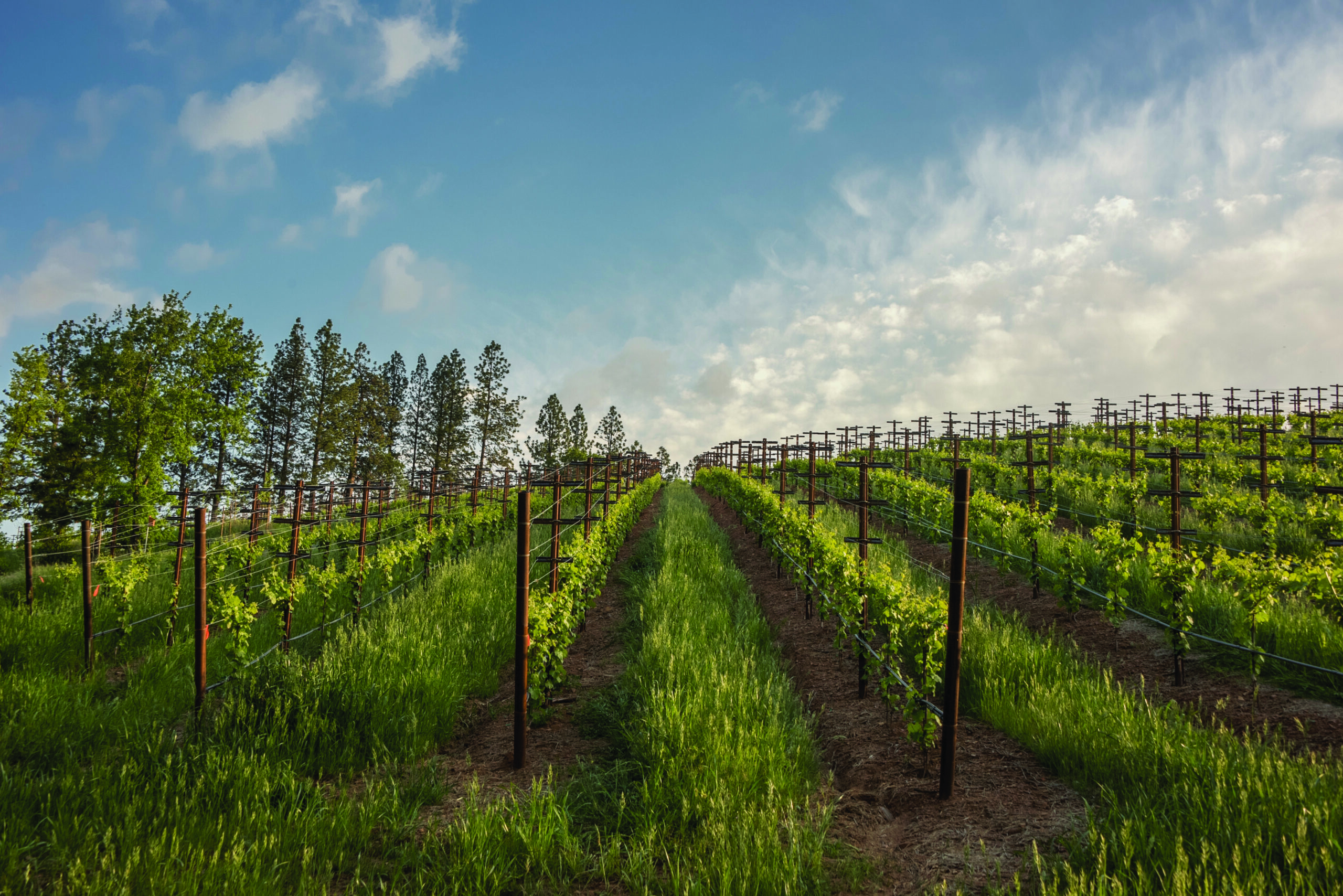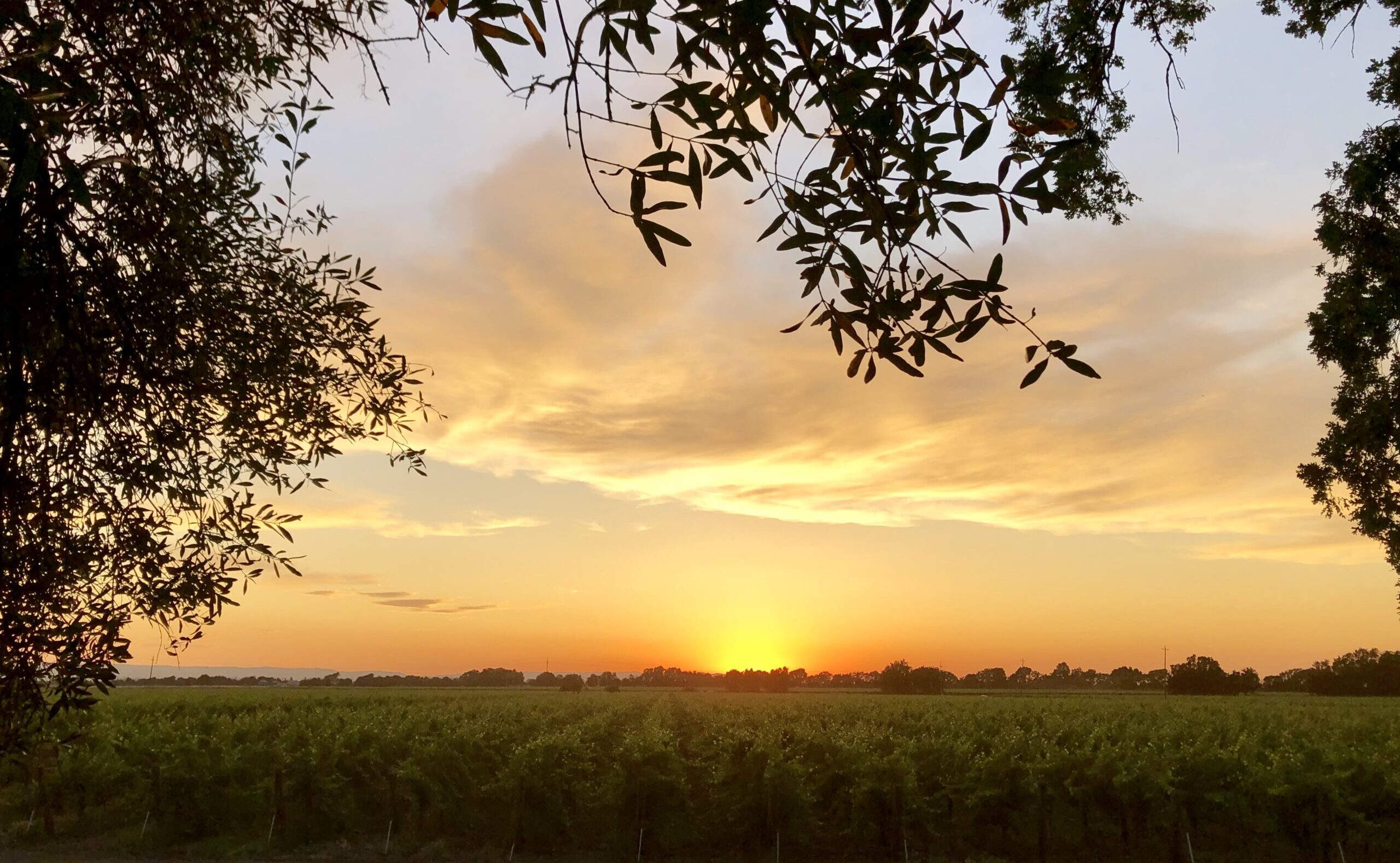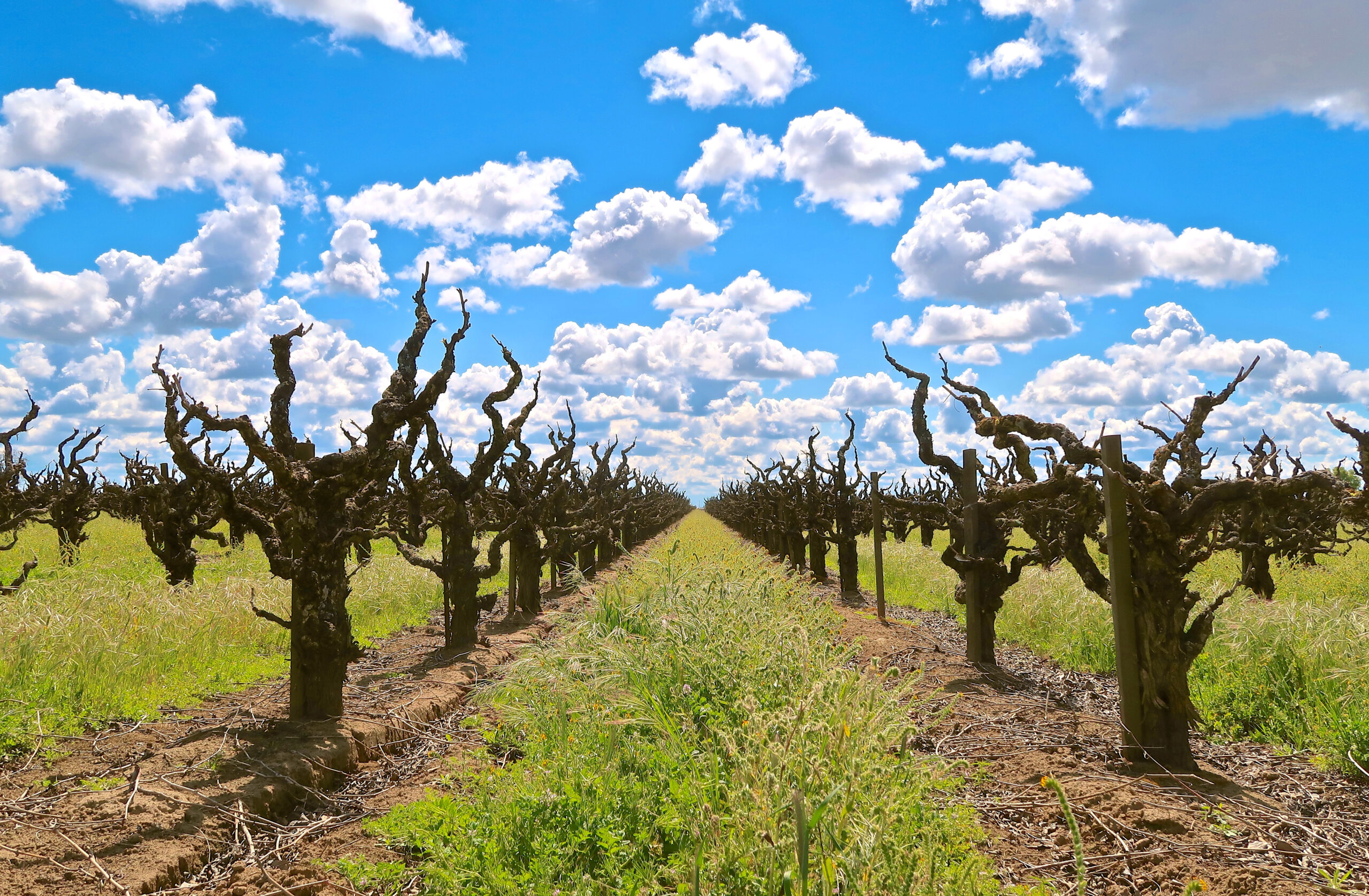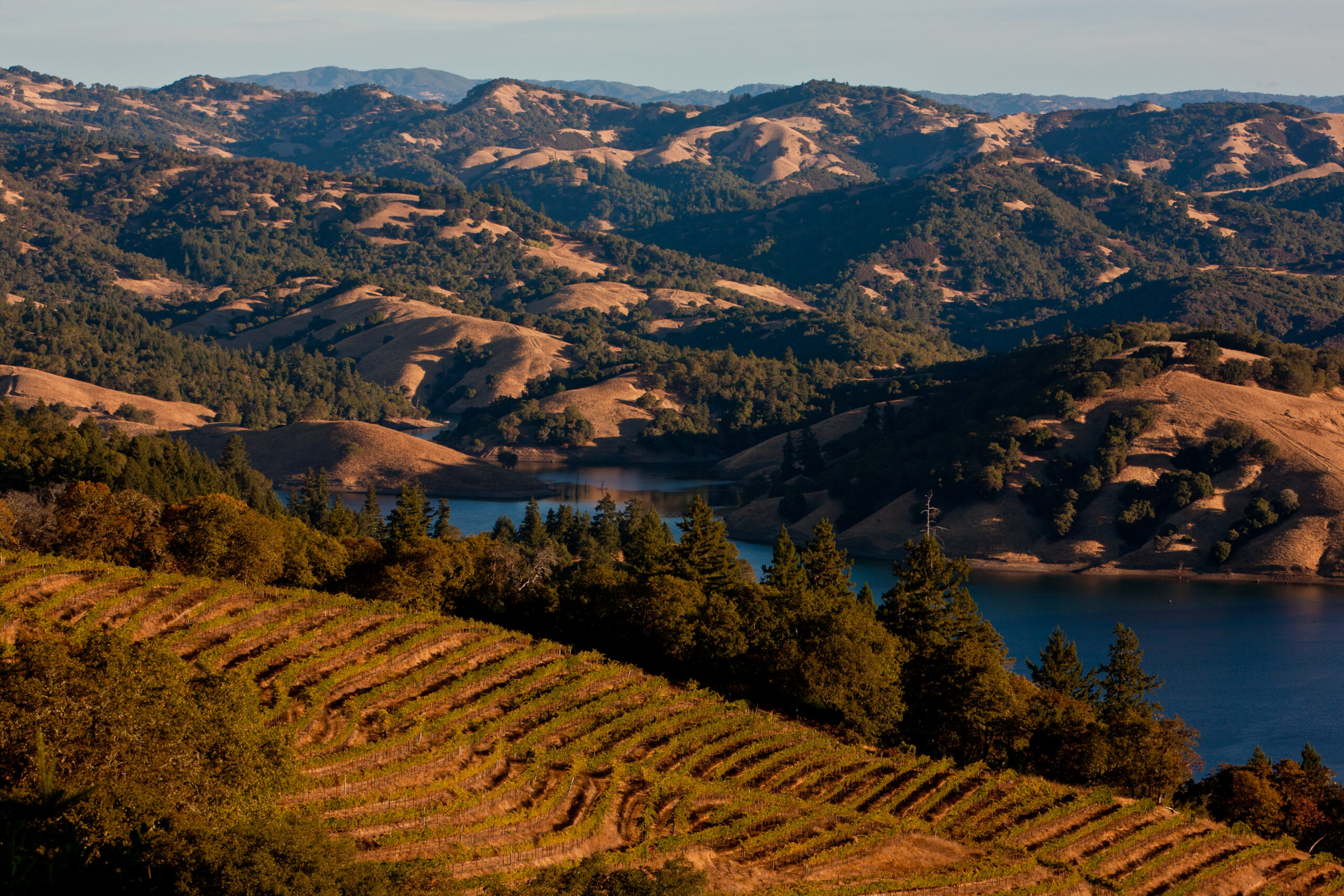Coming Attractions
Heart of the matter: Most baby vegetables are just that: infant versions of their adult selves. Leave baby zucchini on the vine and you will soon have a baseball bat. Not so with “baby” artichokes. They aren’t really babies. They’re not even adolescents. They are full-grown veggies, ready to pare down, cook up and serve. They live at the base of each plant, where they don’t get much sun; the jumbo artichokes are the ones on top. So, while the babies never grow big and plump, they also never get tough. Connoisseurs seek out these tender green buds, especially in spring when California’s artichoke harvest spikes.
